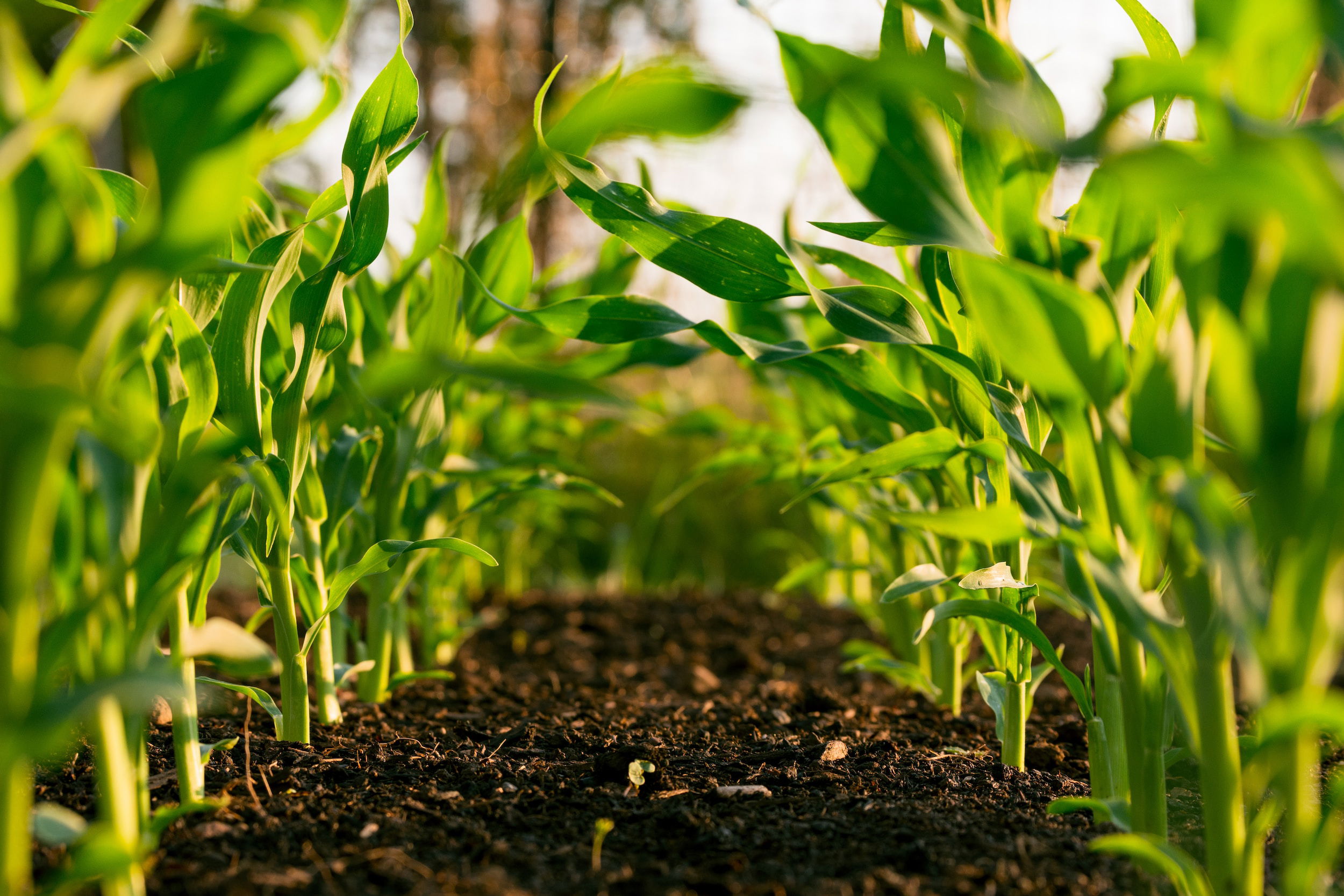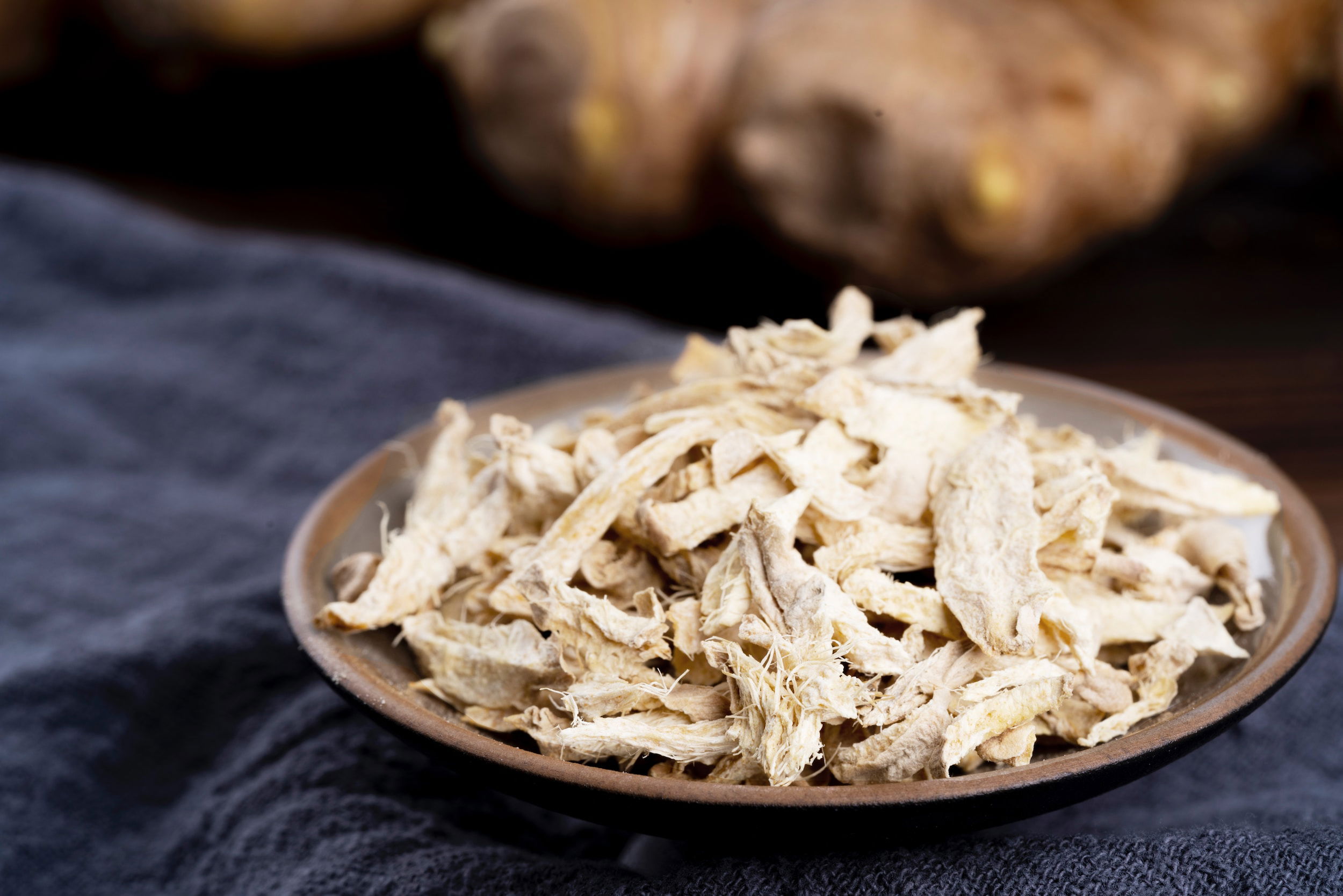The Future of Fresh Ginger Farming: Trends to Watch

Fresh ginger has been a staple ingredient in many cuisines around the world for centuries and has long been revered for its medicinal properties. Ginger farming has evolved over the years, with the introduction of modern technology and sustainable farming practices.
The global demand for fresh ginger continues to rise, and the industry is expected to grow significantly in the coming years. In this article, we will explore the future of fresh ginger farming and the trends to watch for. From technological advancements to consumer demand and sustainability efforts, we will provide an in-depth look at the promising future of this industry.
1. Introduction: The Importance of Fresh Ginger Farming
Ginger has been a staple in many cuisines and traditional medicines for centuries, and fresh ginger has been cultivated and consumed for just as long. From its historical roots in southeast Asia to its current worldwide appeal, fresh ginger is an essential ingredient in many dishes and beverages. Not only is it delicious, but it also offers many health benefits such as reducing inflammation and aiding digestion.
- Brief History of Fresh Ginger Cultivation and Consumption
Fresh ginger is believed to have originated in Asia and has been cultivated for over three thousand years. It was first exported to Europe during the Roman Empire and then spread to other parts of the world by explorers and traders.
- The Economic Significance of Fresh Ginger Farming
Fresh ginger farming is an essential part of the agriculture industry, providing employment for many people worldwide. With the global demand for ginger continuing to increase, it's an industry that brings in significant revenue for many countries.

2. Technological Advancements in Ginger Farming
As technology continues to advance, so do the tools and techniques used in ginger farming.
- Modern Tools and Techniques for Ginger Farming
New equipment, such as mechanized harvesters and irrigation systems, has made ginger farming more efficient and less labor-intensive. This has resulted in increased yields and higher profits.
- Role of Artificial Intelligence in Ginger Farming
Artificial Intelligence has also played a significant role in ginger farming. AI can be used to identify plant diseases, analyze data to optimize growing conditions, and predict yield and sales.

3. Sustainability Efforts in Ginger Farming
With the increasing demand for ginger, sustainability efforts have become necessary to ensure the longevity of the industry.
- Environmental Issues Surrounding Ginger Farming
Ginger farming can have potentially harmful effects on the environment, such as soil degradation, water pollution, and deforestation. These issues have become a focus of sustainability efforts.
- Innovations in Sustainable Ginger Farming Practices
Innovative farming techniques such as organic farming, crop rotation, and intercropping have emerged as alternatives to traditional methods. These practices promote soil health and biodiversity, improving the overall sustainability of ginger farming.

4. Global Market Trends for Fresh Ginger
The global demand for fresh ginger continues to grow, resulting in significant market trends.
- Market Size and Growth of Fresh Ginger Industry Worldwide
According to a recent report, the global ginger market was valued at over $3.6 billion in 2019 and is expected to grow at a CAGR of 7.6% from 2020 to 2025.
- Key Players in the Global Fresh Ginger Market
China is the largest producer and exporter of fresh ginger, followed by India and Indonesia. Other notable players in the global fresh ginger market include Vietnam, Thailand, and Japan. As the demand for ginger continues to grow, new players are entering the market, creating a dynamic and competitive industry.

5. Consumer Demand for Fresh Ginger Products
Ginger is a versatile spice that has become a staple in many kitchens around the world. While dried ginger has been a common ingredient for many years, fresh ginger has gained popularity in recent years due to its unique flavor, health benefits, and versatility in cooking.
- Emerging Trends in Fresh Ginger Consumption
Fresh ginger is no longer just a common ingredient in traditional Asian cuisine. In recent years, it has become a trendy ingredient in new and innovative recipes. The demand for ginger-infused drinks, snacks, and desserts is on the rise. Ginger-based products, such as ginger tea and ginger shots, are also finding their way into the mainstream market.
- Health Benefits of Fresh Ginger and its Role in Functional Foods Market
Fresh ginger is known to have several health benefits, including anti-inflammatory and anti-nausea properties. It is also a rich source of antioxidants, making it an ideal ingredient for functional foods and beverages. The functional foods market is growing, driven by consumer demand for healthier and more nutritious food options. Fresh ginger is among the many ingredients that are at the forefront of this trend.

6. Challenges Facing Fresh Ginger Farming
While the demand for fresh ginger products is increasing, ginger farming faces several challenges that could hinder the industry's growth.
- Pests and Diseases Affecting Ginger Production
Ginger farmers face many pests and diseases that can damage their crops. Diseases such as bacterial wilt, root rot, and yellow ginger disease can significantly reduce yields. Pests, such as ginger weevils and mites, also pose a threat to ginger farming.
- Climate Change Impacts on Ginger Farming
Climate change is another significant challenge facing ginger farming. Droughts can cause crops to wither, while heavy rains can cause soil erosion and nutrient loss. Changes in temperature and humidity can also affect the growth and yield of ginger crops.

7. Opportunities for Innovation in Ginger Farming
Despite the challenges facing the industry, there are still opportunities for innovation in ginger farming.
- New Varieties of Ginger and Breeding Techniques
Breeding techniques can be used to develop ginger varieties that are resistant to pests and diseases. New varieties of ginger can also be developed to meet specific market demands, such as those with higher levels of antioxidants or unique flavor profiles.
- Expanding the use of Ginger in Different Industries
Ginger has a wide range of applications in different industries, such as cosmetics and pharmaceuticals. The use of ginger in these industries presents an opportunity for ginger farmers to diversify their income streams and increase the demand for their products.

8. Conclusion: The Promising Future of Fresh Ginger Farming
Despite the challenges facing the industry, the future of ginger farming is promising.
- Future Outlook for Fresh Ginger Farming Industry
The global ginger market is expected to grow in the coming years, driven by the increasing demand for ginger-based products. As the market grows, there will be more opportunities for ginger farmers to expand their operations and increase their profits.
- The Role of Ginger Farming in Sustainable Agriculture Practices
Ginger farming can also play a role in sustainable agriculture practices. Ginger is a low-maintenance crop that requires minimal fertilizer and pesticides. Ginger can also be grown in polyculture systems, where other crops are grown alongside it, promoting biodiversity and reducing the reliance on monoculture systems.
In conclusion, while ginger farming is not without its challenges, it presents many opportunities for innovation, growth, and sustainability. The future of fresh ginger farming looks bright, and the industry has the potential to become a significant player in the global food and agriculture market.
In conclusion, the future of fresh ginger farming looks bright, with new opportunities emerging in the market. The industry is taking strides towards sustainability, with increased innovation and technology playing a significant role. As the demand for fresh ginger continues to grow worldwide, the industry is expected to flourish in the coming years. By keeping up with the latest trends and advancements, ginger farmers can capitalize on the ever-expanding market and contribute to the growth of this promising industry.

FAQs
What are the health benefits of fresh ginger?
Fresh ginger has long been used for its medicinal properties, including reducing nausea and inflammation, aiding digestion, and lowering blood sugar levels. Ginger also contains antioxidants and has antibacterial properties.
Is fresh ginger farming a sustainable practice?
Ginger farming can be sustainable if proper farming practices are implemented. These practices include crop rotation, the use of natural fertilizers, and integrated pest management techniques. Additionally, some farmers are using renewable energy sources to power their farming operations.
What are some of the challenges facing fresh ginger farming?
Fresh ginger farming faces numerous challenges, including pests and diseases, climate change, and competition from other products. However, with the proper techniques and farming practices, these challenges can be mitigated.
What is the global market outlook for fresh ginger?
The global market for fresh ginger is expected to experience significant growth in the coming years, driven by increasing demand from emerging markets and the use of ginger in the food and beverage industry. The market is also expected to see innovations in production methods, packaging, and transportation.
